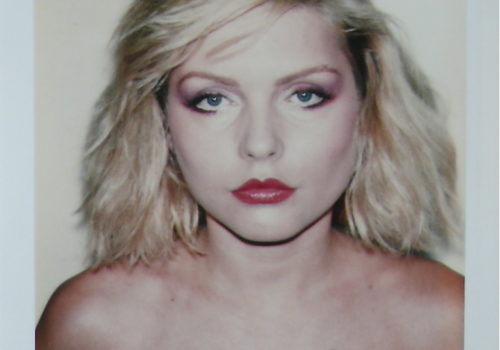In 1995, after nearly 20 years as a photographer whose installations grew more and more refined, Bernard Faucon announced that he was abandoning photography, presenting a collection of small format phrases, ranging from philosophy to poetry, in white China ink, tattooed onto young people’s flesh: “The end of the Image”. He feels that with photography, he has expressed everything the medium could allow. It is not his style to work in the interest of the market, this artist of integrity, if he didn’t return to his first loves, drawing and painting, embarked on writing, working with sound and giving in to the journey with more freedom than before. It is meaningful to remember that when he stopped, this artist whose earliest exhibitions were held in Agathe Gaillard’s Parisian gallery and whose works have since become part of international art collections, was last exposed at the Yvon Lambert Gallery after having several exhibitions at Castelli and is a famous star in Japan (which is still the case).
Despite abandoning his work behind the camera, the projects he later endeavored were picture oriented, including the one currently on display for the first time in the United States at the New Orleans Museum of Art until March 13 entitled “The most beautiful day of my youth”. Between 1997 and 2003, in 25 countries around the world, with the help and companionship of the French Cultural Centers, Bernard Faucoun invented an original approach to photography, serious and playful, unlike any other previously implemented teaching method. Repulsed by internships, he invented an extraordinary day, magical, for 100 participants that he did not choose and who were given the freedom to take pictures with little digital cameras. First to choose the location, a sort of fantasy, like a road he loves near the Ocean in Morocco or the crater in Cuba’s former volcano.
There, he abandons his students and has a picnic, a taste of anthology (he loves to cook and is one of the rare vegetarians to have published several recipe books, “Friend’s Tables”, by William Blake and Co. publications), fireworks, magic. At the end of the day, everyone returns by bus and begins editing the next morning. Two days after the photo shoot, like a recollection of this day that Bernard Faucon hopes above all will be a wonderful memory for the participants, an exhibition is held on location, with high quality color photocopies. A pretext to continue, with family and friends, a friendly moment. That is how, from Beirut to Moscow, from Cambodia to China, from Burma to Mali, youngsters are providing their vision of the world, of their world and their dreams, emotionally and convincingly. The most surprising, as the system was always identical, were the cultural differences that appeared from one country to another in relation to images, identities and bodies. Although Bernard Faucon likes to say he is no longer a photographer, it is evident that he is continuing his lasting exploration of time, the nature of childhood, adolescence, without nostalgia, just showing each time a little bit more as age comes, and the unavoidable approaches. He expressed it again, remarkably, in his last book (“Summer 2550”, by Actes Sud) with his photos of photos (digital travel souvenirs, which are no longer pictures because he no longer stages them during his days as a “photographer”) and profound texts about the philosophical notions of time in his own experience.
The Maison Européenne de la Photographie is exhibiting the entirety (all of which are in their collection) and a series of posters, one per country, about this enormous and original traveler’s harvest from around the world. It is the first time that this group –now part of the Museum’s permanent collection – is presented in a classical format, mounted and framed in the purest fine art tradition. Of course we can question its legitimacy. But why pout our pleasure? The pictures are good quality, full of meaning, tenderness, wonder, and those “little nothings” that are good for the eyes and soul. It is less boring and less pretentious in any case than many other exhibitions pompously referred to as “Contemporary Art”.
Christian Caujolle
















